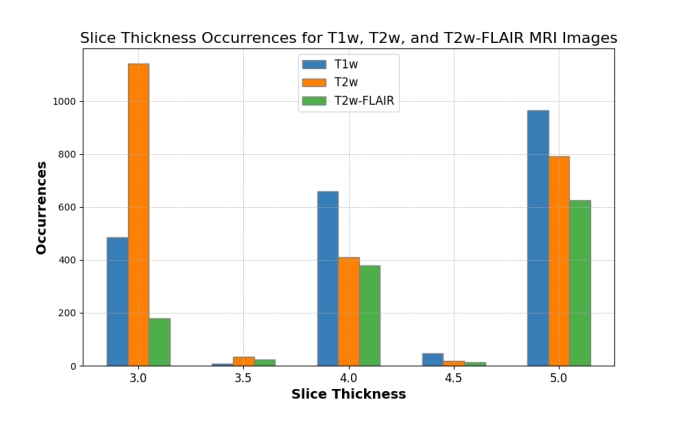Hays, S.P.; Remedios, S.W.; Zuo, L.; Mowry, E.M.; Newsome, S.D.; Calabresi, P.A.; Carass, A.; Dewey, B.E.; Prince, J.L. “Beyond MR Image Harmonization: Resolution Matters Too.” Lecture Notes in Computer Science (including subseries Lecture Notes in Artificial Intelligence and Lecture Notes in Bioinformatics), Volume 15187 LNCS, 2025, pp. 34-44, DOI: 10.1007/978-3-031-73281-2_4.
Magnetic resonance (MR) imaging is widely used to monitor the body non-invasively, but the results can vary due to differences in scanner hardware, software, and imaging protocols. This variability can create challenges for processing algorithms, which may struggle to handle these differences consistently. To address this, image harmonization is used to reduce these variations and improve the accuracy of tasks like segmentation. However, most harmonization models focus on imaging parameters like inversion or repetition time and overlook the impact of image resolution.
This study evaluates how image resolution affects harmonization by using a pretrained harmonization algorithm. We simulated different 2D image resolutions by altering slice thickness and gaps in high-resolution 3D MR images and analyzed how the harmonization algorithm performs with these changes. Our findings show that low-resolution images cause issues for harmonization, as it doesn’t fully account for resolution and orientation differences. While super-resolution techniques can help address this, they are not always used in practice. This approach highlights the importance of understanding the limits of harmonization algorithms and how resolution affects their reliability, offering guidance for preprocessing steps and ensuring trust in imaging results.

Fig. 1.
Slice thickness occurrences for each MRI image contrast: T1w, T2w, and T2w-FLAIR